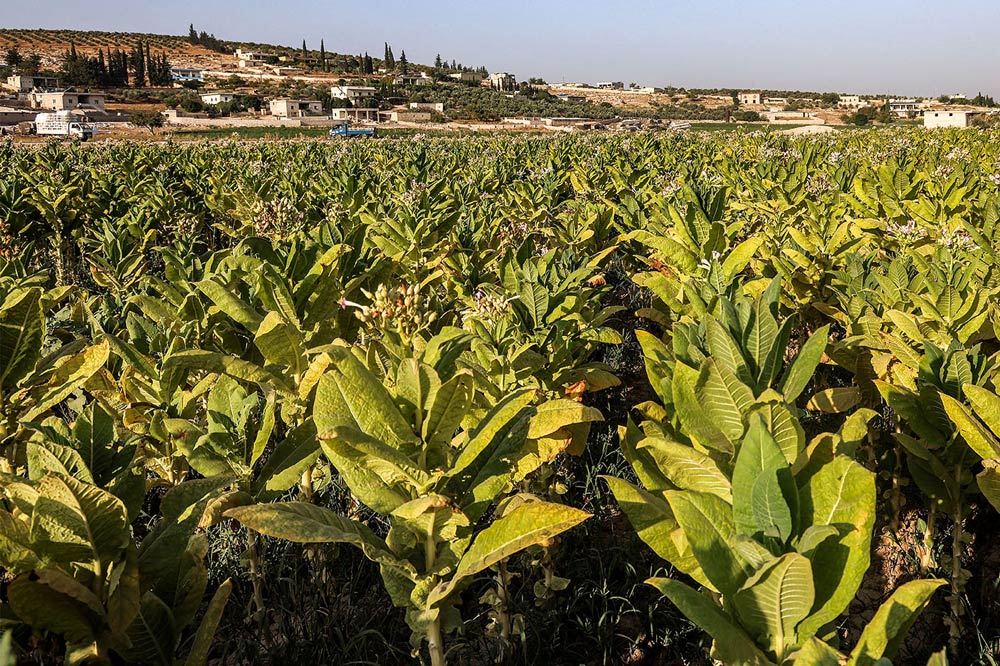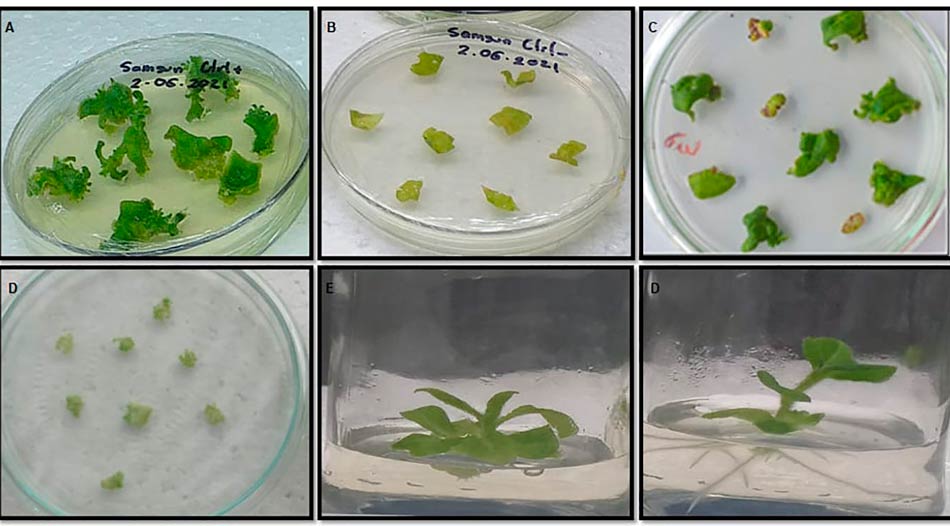Polyhydroxybutyrate (PHB), a natural polymer or biopolymer that is ideal for developing prosthetics and more, was obtained by inserting a bacterial gene that produces a polyester into tobacco plants that can be used to make biodegradable plastics. The product is much needed.While progress has been made in the lab, it is encouraging for small and medium-sized producers Tobacco L.they are affected by reduced crop yields.

According to the Colombian Tobacco Federation (Fedetabaco), the area under cultivation was 8,324 hectares in 2014, but only 5,364 hectares were allocated in 2016, a figure that points to a decrease in tobacco production in the country, partly due to the high and sharp increase in production costs. Public health measures and regulation through taxation of cigarette consumption.
“These factors have influenced the suspension of procurement and harvesting by some international tobacco companies,” said Diana Daniela Portela Dussán, PhD in biotechnology at the National University of Colombia’s (UNAL) Medellin campus. .”
Faced with this situation, she suggested repurposing the plant, which is native to South America and has been used for centuries as a pesticide and natural remedy for treating bumps on the skin, Bruises, pimples, and even bronchitis. Tobacco was one of the first products supplied by the United States to Europe, along with the potato, and was one of the first monoculture crops in Colombia before the advent of coffee.
The researchers note, “Some bacteria produce a type of polyester that can be used to make biodegradable plastics that are safe for health and the environment. But because this process is often very expensive, we started inserting genes from these bacteria into tobacco plants to optimize them and obtain the polyesters of interest directly from the plants.”
To develop genetically modified tobacco, keeping the possibility that it would be viable for farmers and reach the market, researchers only use patents that have no property rights or have licensing agreements.
“Although the phaC gene was the most problematic patent, we took advantage of the fact that restrictions on its use only apply to the country making the request. Thus, for Colombia we found 11 expired patents, making its technology “free” The public sector, we work with them,” he said.
Thanks to this, he “engineered” the gene in the laboratory so that although it came from bacteria, it was expressed in plants. “We adapted it and then used bacteria as ‘vectors’ Agrobacterium tumefaciens, which can transfer genes that infect plants without producing disease, thanks to other modifications made in the laboratory. “
After the “infection”, he went on to confirm the transfer of the genes, by placing the plants in a medium containing the antibiotic kanamycin, so that only those plants with potential transgenic potential could grow.

“After the first selection, we confirmed the presence of the target gene by PCR testing and verified by electron microscopy that the biopolymer was being produced in the plant tissue,” he noted.
Four transgenic lines were obtained, that is, they incorporate this gene and express biopolymers, in particular polyhydroxybutyrate, which are known to be biocompatible with human organisms and therefore ideal for the production of biomedicine Products (such as prosthetics).
“We managed to produce a yield of 0.36 mg per dry weight, which is not a huge amount but does open up the possibility of improving the process and achieving better results, such as at least 14% more than the 2% obtained with this method. %. Research,” he concluded.
In addition to the production of plastics, these genetically modified plants have been developed for other uses, such as the production of pharmaceuticals and fibers, with advantages including reduced costs, reduced potential for contamination by infectious microorganisms, reduced energy consumption, and environmental protection. Among other things, it will make it easier to restart the tobacco production chain.
